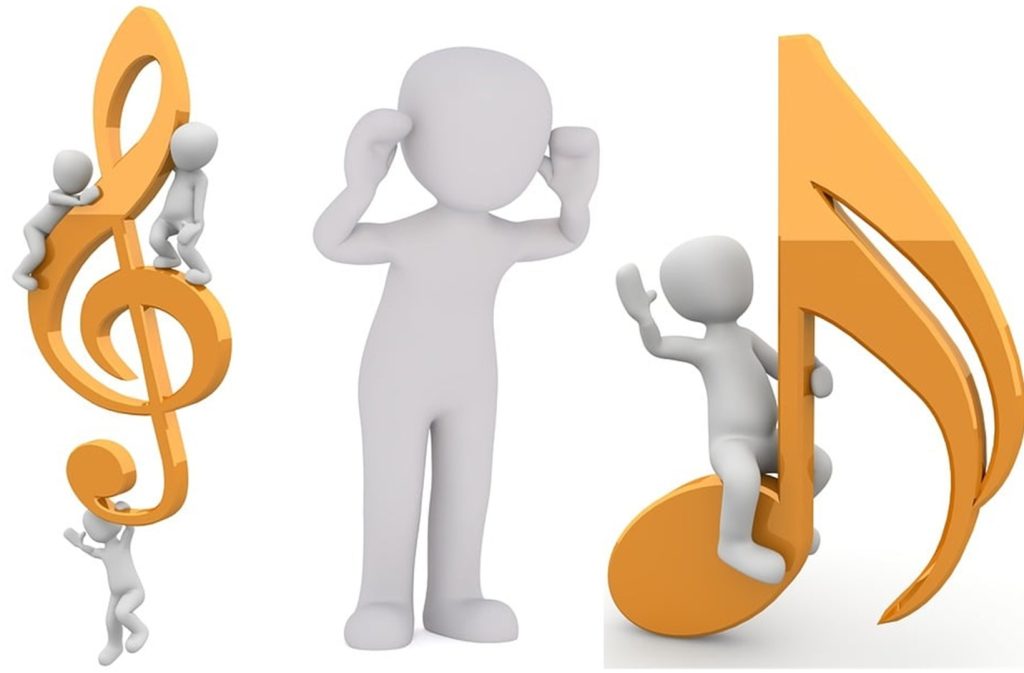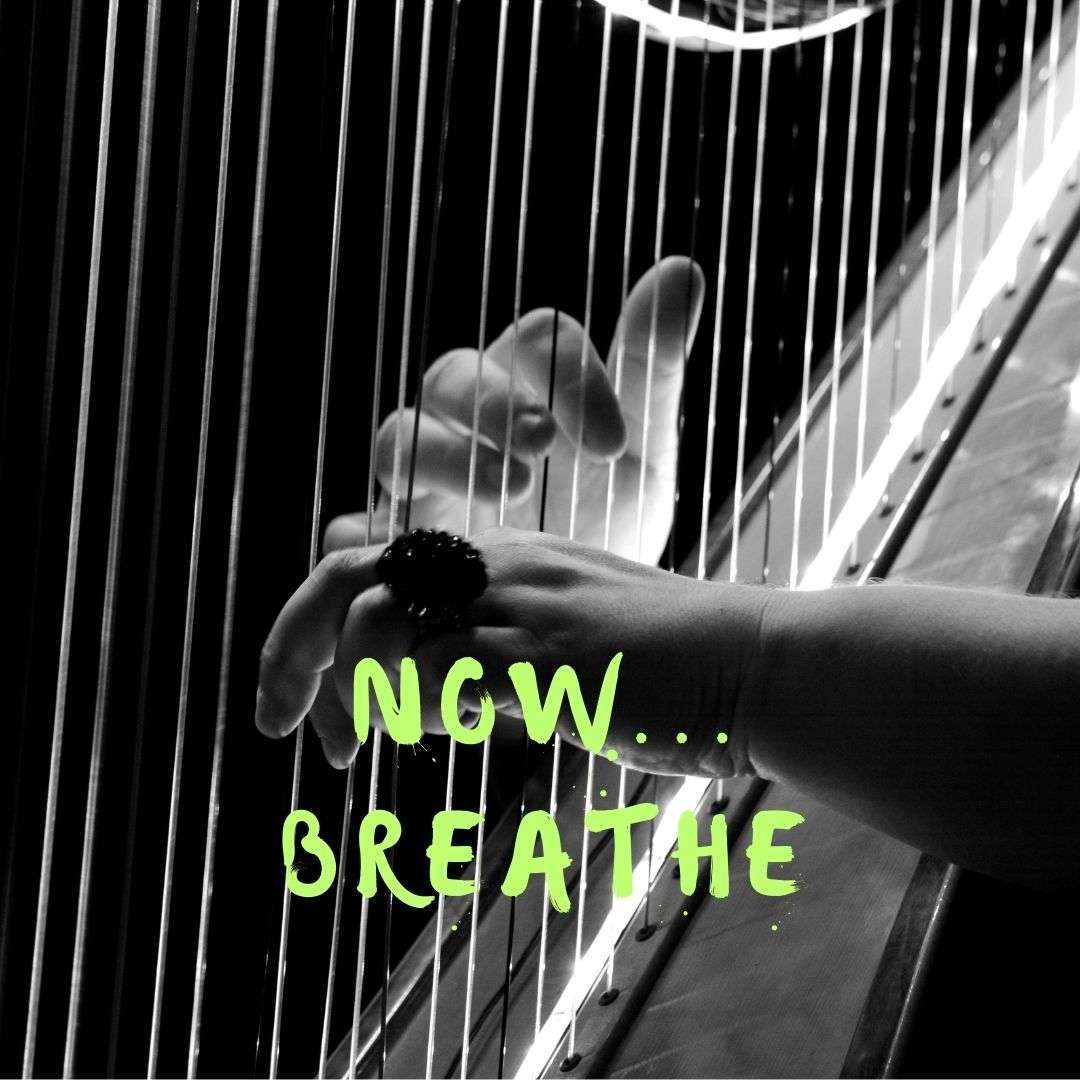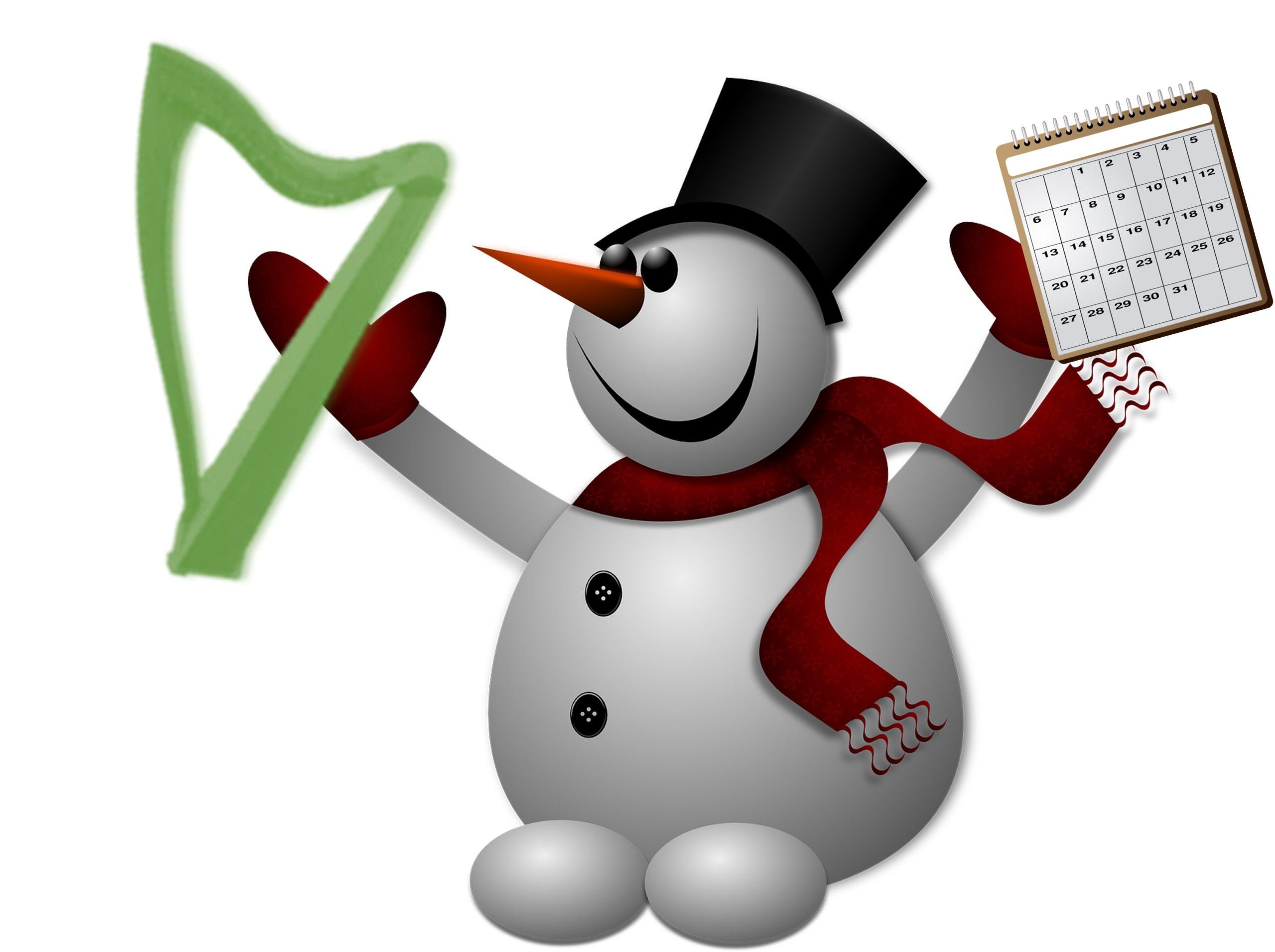One of the most important holidays of the year is coming up on Saturday. Are you ready? Got your decorations up? Now that you’re wondering how you could have missed being ready – you might be asking yourself what holiday happens at the end of August?!
Play Music on the Porch Day is August 30, 2025! Could there be a better time to celebrate? I think not!

If you’re not familiar with this amazing holiday, you might want to prepare – because it’s a wonderful day. All you need to do is….
Go outside and share your music with whoever happens by.
Ok, to celebrate fully there is a little more to it than that.
From the website (yes, there is an official website (https://playmusicontheporchday.com) :
What if for one day everything stopped? And we all just listened to the music.
To participate just go outside and play music! You can invite friends or play alone. Make the day as big or as small as you want! Then share a video on any social media with #playmusicontheporchday.
Follow the hashtag #playmusicontheporchday to see musicians from around the world participating!
As it says, you can celebrate in ways big or small. As a sole creator or as a member of a group. And post it on social media (probably because for organizers, if you don’t post it, it didn’t happen).
But if you want to hold to the spirit of the holiday without all the fuss, muss, and bother of the organized event, you can just go outside, sit on your step (or wherever) and play. No telling yourself you’re not ready. No comparing yourself to your harp crush. No thinking too hard. Just play. Let others bask in the beauty you create. Enjoy being the maker. Create a moment – and share it with others.
You don’t have to be fancy; you can just play what you’ve been working on. Or you can set a time, set a stage, invite your audience, and make a production of it. Not feeling so brave? Invite a friend to join you! It’s up to you. The focus is on making music and sharing it with others.
Need more inspiration? Think of it as a history exhibit – after all, it wasn’t that long ago that this was just the way of it. In a time before hashtags and constant media, we (people) were the media. And the fortunate had music as a regular part of that. So, you’re not performing, you’re reenacting!
It’s not about perfection, it’s about connection – with your music, with your community, with your history. And with such a low barrier to entry – you just need to move outside – we can all do it!
I know some of you are planning to go out and play! Please share with us – send me a photo or jot a couple of words so we can share with this community too! And Happy Play Music on the Porch Day!








